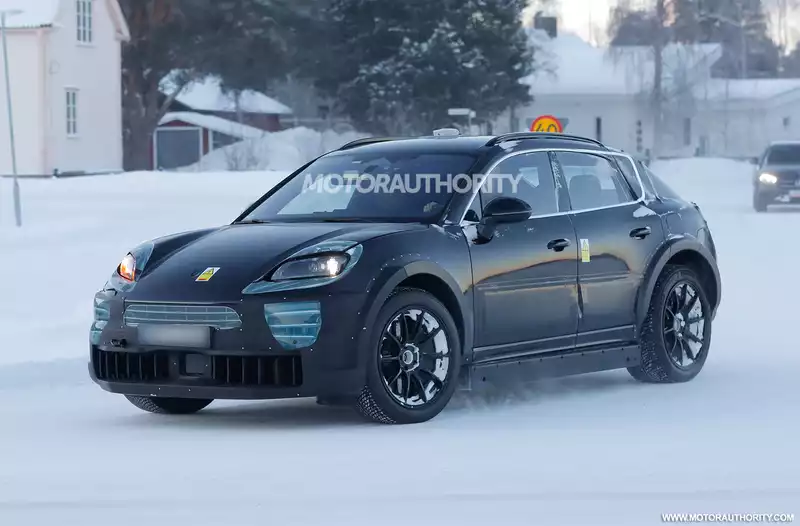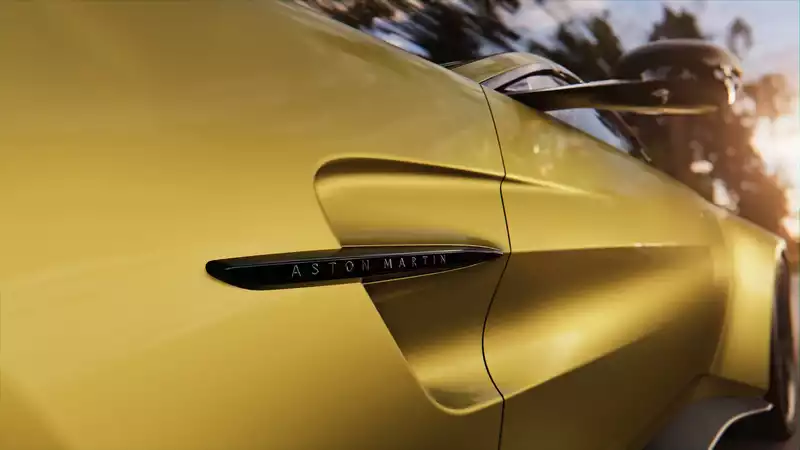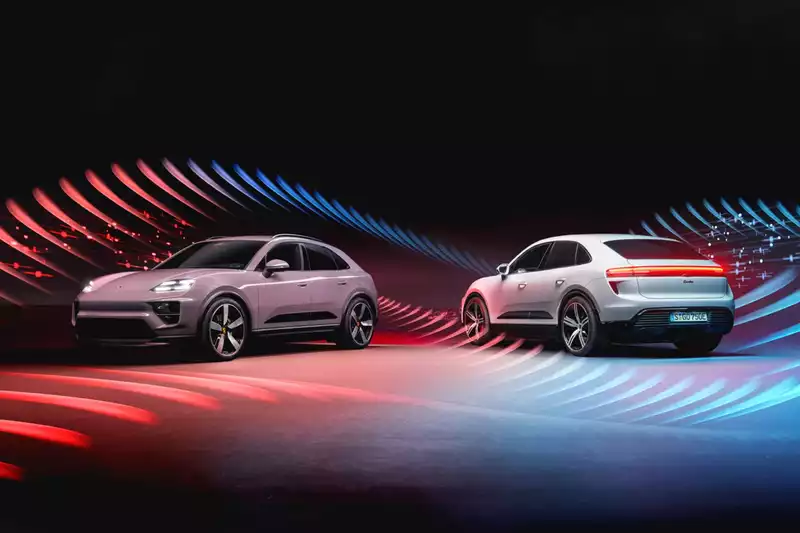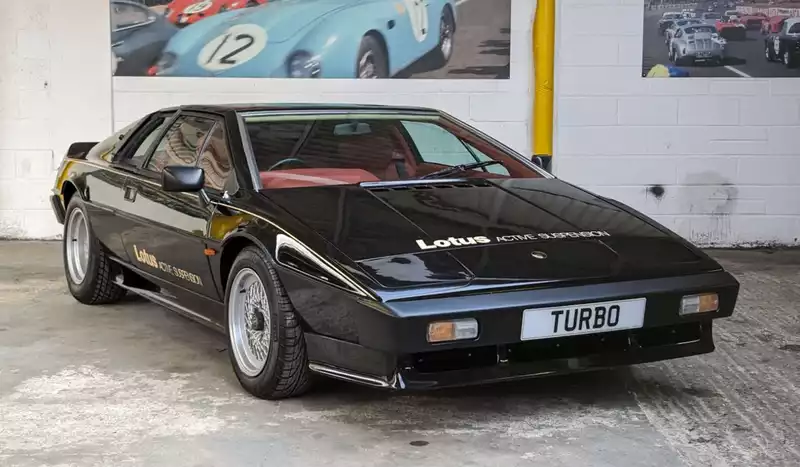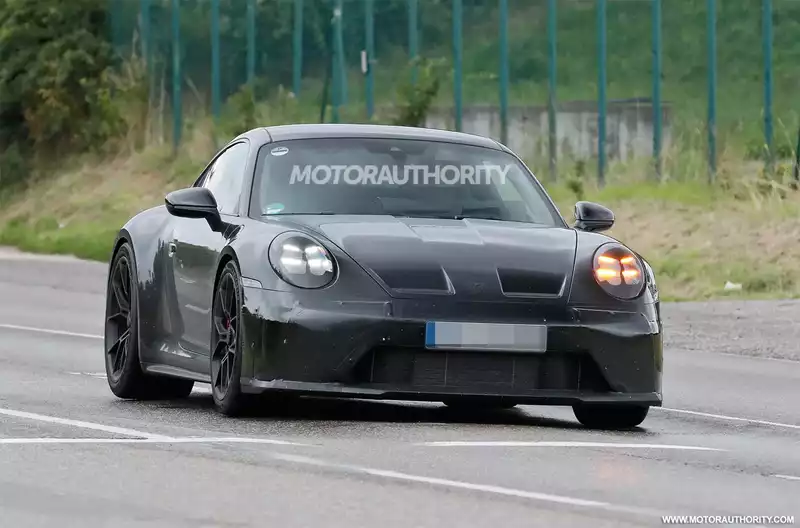More power doesn't always mean more power.
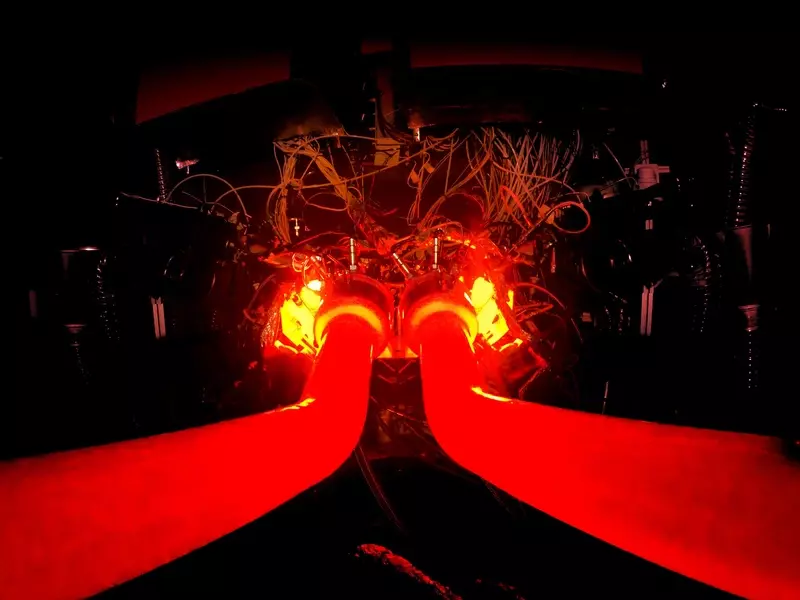
In turbocharged engines, the amount of boost (air pressure forced into the engine) is often equated with the amount of power. However, this is not always the case.
"Supercharger itself is not a meaningless number, but it's probably not as meaningful as many people think," says Jason Fenske of Engineering Explained. He has the following in mind.
A gasoline engine needs four components to make power: air, fuel, compression, and spark. But air is usually the limiting factor, notes Fenske. That's where turbochargers come to the rescue. Turbochargers force more air into the engine than is possible at atmospheric pressure. Superchargers are also a type of forced induction, but their mechanism is somewhat different, so this comment applies only to turbochargers.
Turbochargers increase the pressure of the air entering the engine, allowing more air to be accommodated. However, pressure is only one of many factors that affect power output, Fenske says.
Even if two turbines of different sizes create the same boost, one may do the job more efficiently than the other. Fenske notes that the smaller turbine must spin faster to create the same supercharger and heats the air molecules to a higher temperature. This causes the molecules to break down, lowering the density of the air and limiting the amount of air entering the engine.
The same is true for intercoolers. These devices cool the incoming air and increase its density, allowing the engine to produce more power. All other things being equal, an engine with an intercooler is likely to produce more power than an engine without an intercooler.
A car is a system, and all components must work together to maximize performance. Changing any one component, such as increasing the supercharger, may not have the desired effect unless the whole picture is considered.
